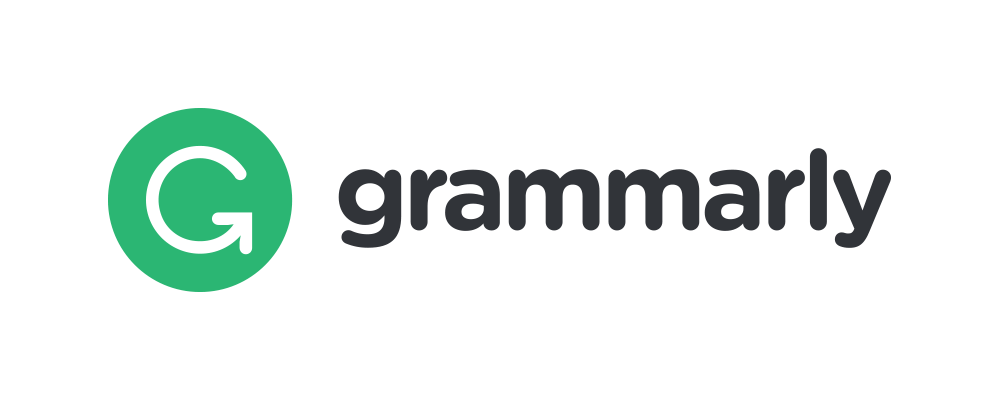PERANCANGAN UI/UX APLIKASI PEMINJAMAN SEPEDA DI UNIVERSITAS ISLAM INDONESIA MENGGUNAKAN METODE USER JOURNEY MAP
Abstract
Universitas Islam Indonesia memiliki fasilitas sepeda kampus yang tersebar di beberapa lokasi yang saat ini proses peminjamannya masih dilakukan secara manual. Proses ini memerlukan waktu dan sering kali menimbulkan ketidaknyamanan. Misalnya, ketika mahasiswa lupa untuk membawa KTM, mereka harus pergi mengambilnya terlebih dahulu agar diperbolehkan melakukan peminjaman sepeda. Selain itu, ada kemungkinan semua sepeda sudah dipinjam ataupun ada yang rusak sehingga tidak dapat digunakan. Situasi ini dapat mengurangi minat mahasiswa dalam memanfaatkan fasilitas sepeda kampus. Oleh karena itu, diperlukan sistem peminjaman sepeda yang lebih efisien dan praktis untuk meningkatkan kenyamanan dan minat mahasiswa dalam menggunakan fasilitas tersebut. Sistem yang terintegrasi secara digital melalui aplikasi mobile, dapat memudahkan proses peminjaman dan memastikan ketersediaan sepeda secara real-time. Dalam penelitian ini, metode yang digunakan untuk mengidentifikasi kebutuhan dan preferensi pengguna adalah metode user journey map. Untuk mencapai tujuan tersebut, penelitian ini akan melibatkan berbagai tahapan mulai dari pengumpulan data, analisis kebutuhan pengguna, desain antarmuka, hingga pengujian prototipe. Berdasarkan hasil penelitian yang telah dilakukan, dapat disimpulkan bahwa “Perancangan UI/UX Aplikasi Peminjaman Sepeda Di Universitas Islam Indonesia Menggunakan Metode User Journey Map” berhasil mengidentifikasi kebutuhan, kendala, dan harapan pengguna selama proses peminjaman sepeda yang kemudian diimplementasikan ke dalam fitur-fitur utama aplikasi.
Downloads
References
Aziza, A. F. R. (2020). ANALISIS KEBUTUHAN PENGGUNA APLIKASI MENGGUNAKAN USER PERSONA DAN USER JOURNEY. Information System Journal (INFOS), Vol. 3(Vol. 3 No. 2 (2020): Information System Journal (INFOS)), 6–10. https://doi.org/10.24076/infosjournal.2020v3i2.420
Brata, C. K., Pinandito, A., Priandani, D. N., & Ananta, T. M. (2021). Usability improvement of public transit application through mental model and user journey. TELKOMNIKA Telecommunication, Computing, Electronics and Control , Vol. 19(Vol. 19, No. 2, April 2021, p. 397~405), 397–405. http://doi.org/10.12928/telkomnika.v19i2.18323
Darmawan, R. I., Hendradi, P., & Sukmasetya, P. (2022). E-learning user interface design for lecturers based on usability scale system approach (Case Study: E-Learning Universitas Muhammadiyah Magelang) . Borobudur Informatics Review, Vol. 02(Vol. 02 No. 02 (2022) pp. 70-81), 70–81. https://doi.org/10.31603/binr.6750
Fatman, Y., Putri, D. M., & Farisa, H. O. (2023). RANCANGAN SISTEM INFORMASI APLIKASI PENDATAAN ARSIP MEDIA BARU BERBASIS WEB MENGGUNAKAN METODE WATERFALL DI UNIT USDG PT KAI (PERSERO). EDUSAINTEK: Jurnal Pendidikan, Sains Dan Teknologi, 10(2), 737–757. https://doi.org/10.47668/edusaintek.v10i2.858
Galih, G., Muhammad, A., & Imadudin, I. (2023). ANALISIS USER INTERFACE (UI) DAN USER EXPERIENCE (UX) PADA WEBSITE COFFEE SUFI MENGGUNAKAN METODE HEURISTIC EVALUATION. EDUSAINTEK: Jurnal Pendidikan, Sains Dan Teknologi, 11(2), 681–693. https://doi.org/10.47668/edusaintek.v11i2.1069
Iskandar, I. M. (2024, July 13). UI UX: Kunci Utama Tampilan Visual dan Fungsionalitas Aplikasi. PHINTRACO GROUP.
Matić, F. (2021). Best UI/UX practices in the world of modern IT business applications [Text]. University of Zagreb.
Nurfitri, A., Aknuranda, I., & Az-Zahra, M. H. (n.d.). Pemetaan User Journey untuk Sistem Informasi Praktik Kerja Lapangan Fakultas Ilmu Komputer Universitas Brawijaya . Jurnal Pengembangan Teknologi Informasi Dan Ilmu Komputer , Vol. 3(No. 8, Agustus 2019), 7542–7548.
Putro, H. L., Aini, N. A., Rahmadina, A., Haq, H. H. E., Prakosa, F. R., Nada, S., Fendari, L., & Hidayat, T. A. (2023). Evaluasi Sistem Berbasis Website Menggunakan Metode System Usability Scale (SUS) . Jurnal Informatika Dan Teknologi Pendidikan, Vol.3(Vol. 3, No. 2-Desember 2023, Hal. 54-61), 54–61.
Santoso, B. , H., Desprianto, A. D., Nurrohmah, I., Nursalamah, K. R., & Putra, H. O. , P. (2019). Customer Journey Construction of the Indonesian Open Education Resources Platform. International Journal of Emerging Technologies in Learning (IJET), Vol. 14(Vol. 14 No. 24 (2019)).
Copyright (c) 2025 AISYA H, Beni Suranto

This work is licensed under a Creative Commons Attribution-ShareAlike 4.0 International License.
Jurnal allows anyone to compose, correct, and do derivative works, even for commercial purposes, as long as they credit for the original work. This license is the freest. It is recommended for maximum distribution and use of licensed material.
The submitted paper is assumed not to contain any proprietary materials that are not protected by patent rights or patent applications; The responsibility for technical content and protection of proprietary materials rests with the authors and their organizations and not the responsibility of journal or its editorial staff. The primary (first/appropriate) author is responsible for ensuring that the article has been viewed and approved by all other authors. The author's responsibility is to obtain all necessary copyright waivers to use any copyrighted material in the manuscript before submission.
Jurnal Pendidikan, Sains dan Teknologi allows the author(s) to hold the copyright without restrictions and allow the author(s) to retain publishing rights without restrictions. Jurnal Pendidikan, Sains dan Teknologi CC-BY-SA or an equivalent license as the optimal license for the publication, distribution, use, and reuse of scholarly work. Jurnal Pendidikan, Sains dan Teknologi allows the author(s) to hold the copyright without restrictions and allow the author(s) to retain publishing rights without restrictions. Jurnal Pendidikan, Sains dan Teknologi CC-BY-SA or an equivalent license as the optimal license for the publication, distribution, use, and reuse of scholarly work.
In developing strategy and setting priorities Jurnal Pendidikan, Sains dan Teknologi recognize that free access is better than priced access, libre access is better than free access, and libre under CC-BY-SA or the equivalent is better than libre under more restrictive open licenses. We should achieve what we can when we can. We should not delay achieving free in order to achieve libre, and we should not stop with free when we can achieve libre.
Jurnal Pendidikan, Sains dan Teknologi is licensed under a Creative Commons Attribution-ShareAlike 4.0 International License.
You are free to:
- Share a copy and redistribute the material in any medium or format
- Adapt a remix, transform, and build upon the material for any purpose, even commercially.
- The licensor cannot revoke these freedoms as long as you follow the license terms.






